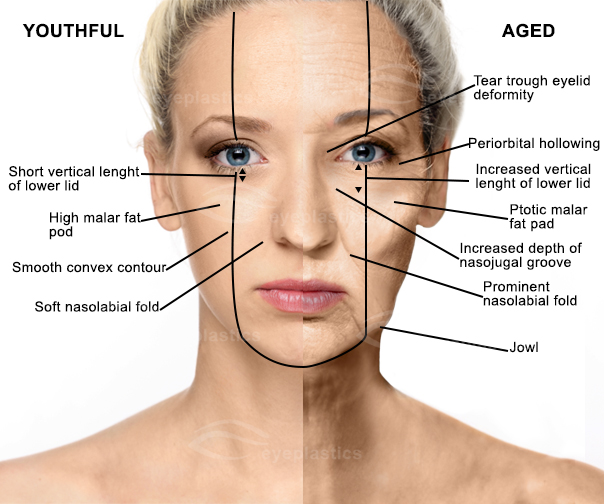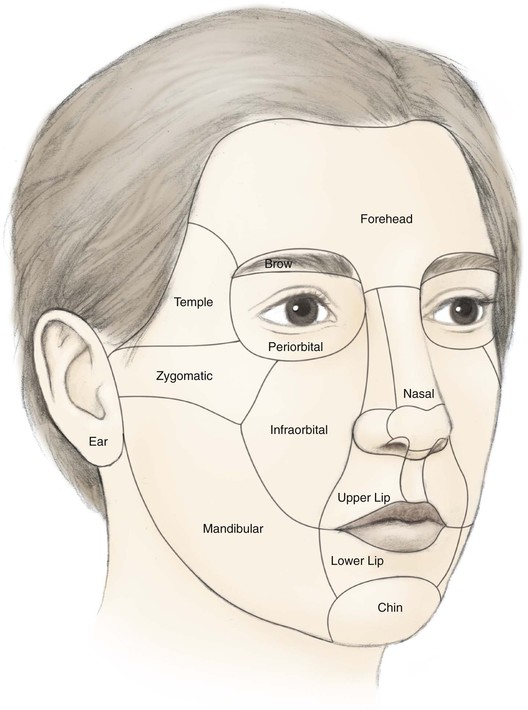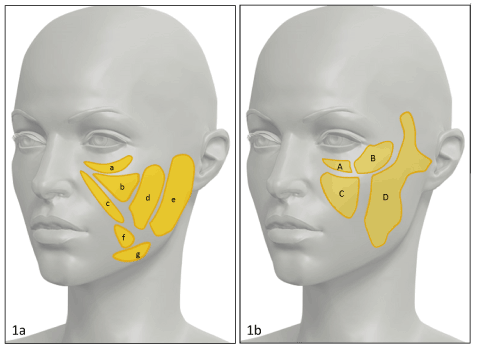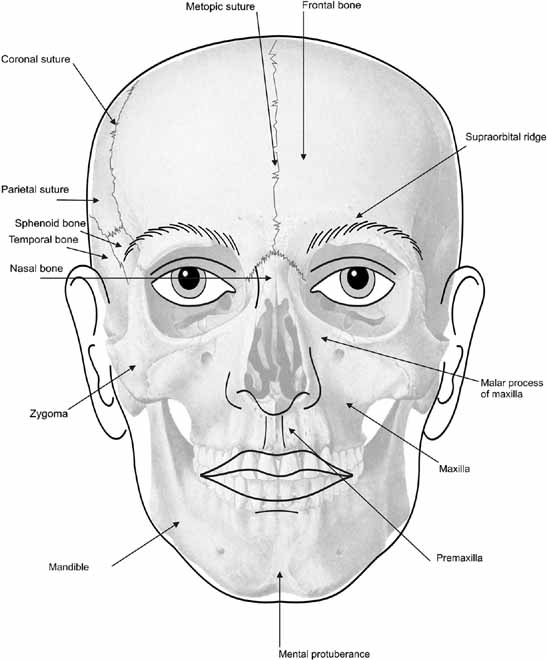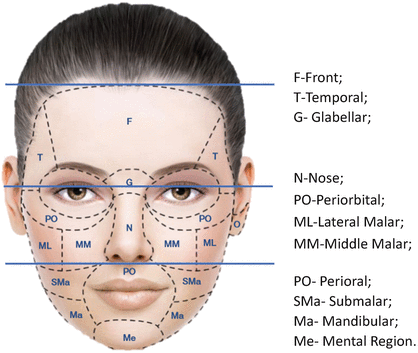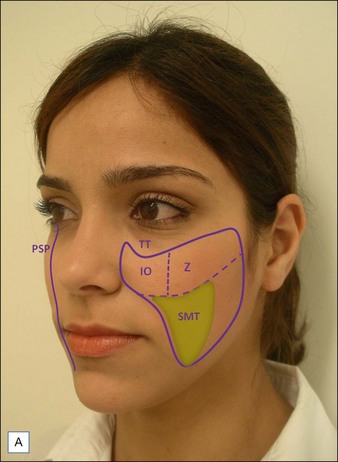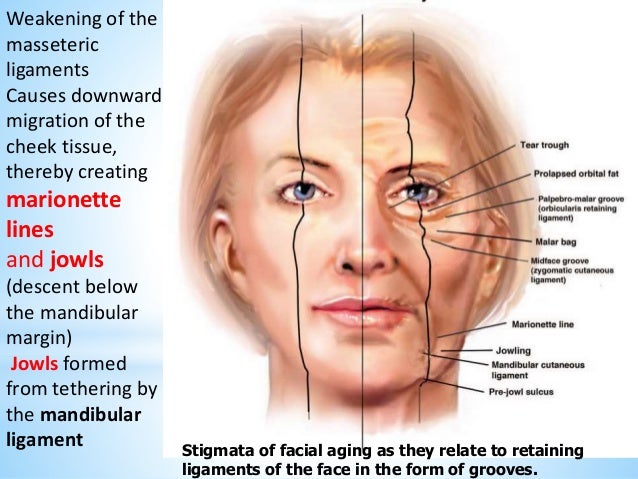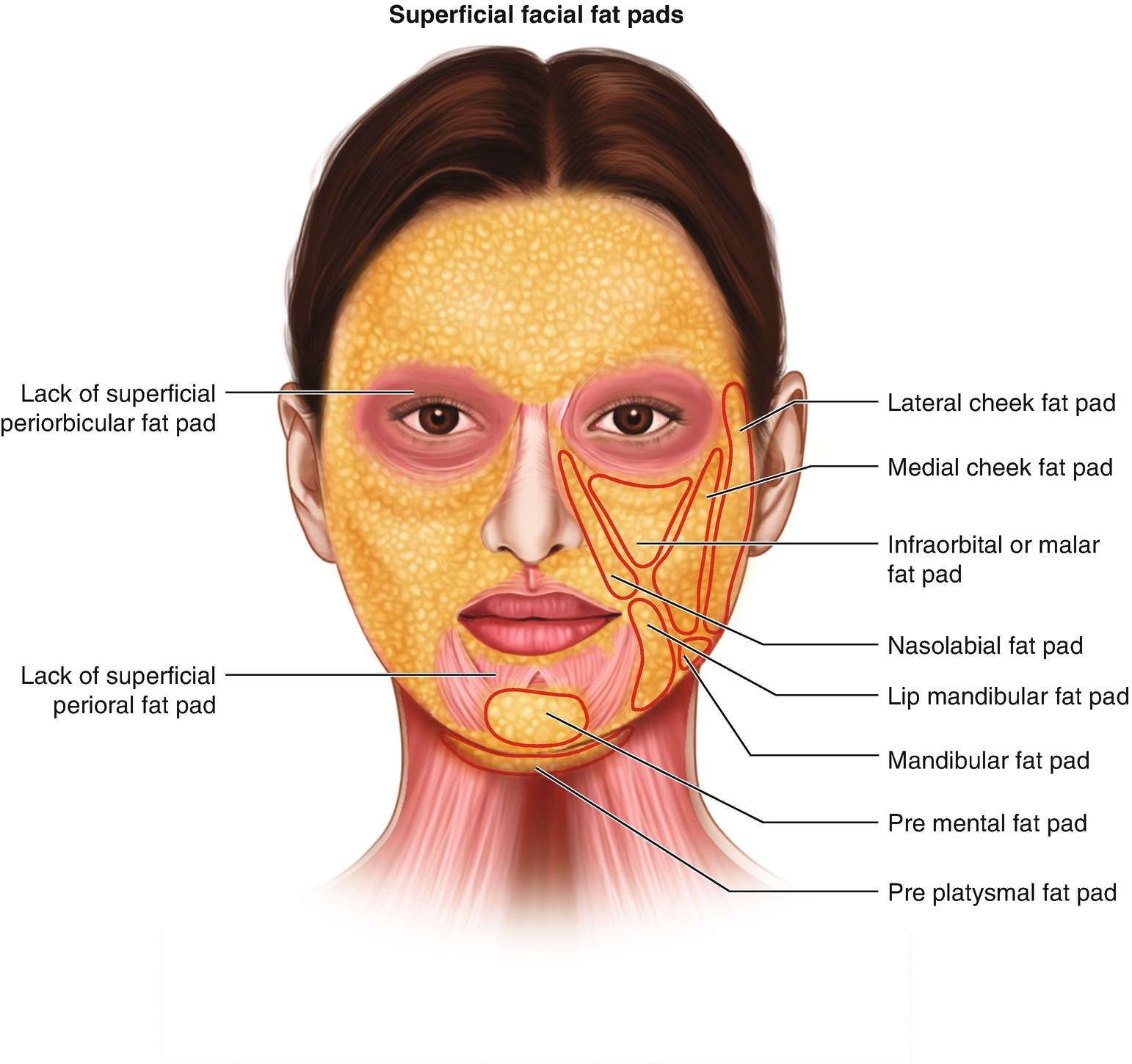Malar Cheek Anatomy

The anatomy of malar mounds and malar edema is evaluated in a series of 18 fresh cadaver dissections.
Malar cheek anatomy. Malar the arch of bone beneath the eye that forms the prominence of the cheek cheekbone jugal bone malar bone os zygomaticum zygomatic zygomatic bone jugal point jugale the craniometric point at the union of the frontal and temporal processes of the zygomatic bone. Understanding facial aging skinspirationsskinspirations these two bones join to form the cheekbone. This fascial structure acts as a relatively impermeable barrier that allows tissue edema. Dye injection histologic evaluation and gross anatomic dissection are used to identify a previously unrecognized fascial structure of the lower eyelid and cheek.
The malar septum originates from orbital rim periosteum superiorly and inserts into cheek skin 2 5 to 3 cm inferior to the lateral canthus. It is situated at the upper and lateral part of the face and forms the prominence of the cheek part of the lateral wall and floor of the orbit and parts of the temporal fossa and the infratemporal fossa. The body of the zygomatic bone is roughly quadrangular and has two processes. The cheekbone is a major part of the anatomy of the skull.
One to the frontal and the other to the temporal bone fig. The anatomy of the midcheek has not been satisfacto rily described to adequately explain midcheek aging and malar mounds nor has it suggested a logical approach to their correction or provided sufficient detail for safe sur. The zygomatic bone bridges the facial skeleton to the cranial bones by connecting the. The anatomy of the midcheek has not been satisfactorily described to adequately explain midcheek aging and malar mounds nor has it suggested a logical approach to their correction or provided sufficient detail for safe surgery in this area.
